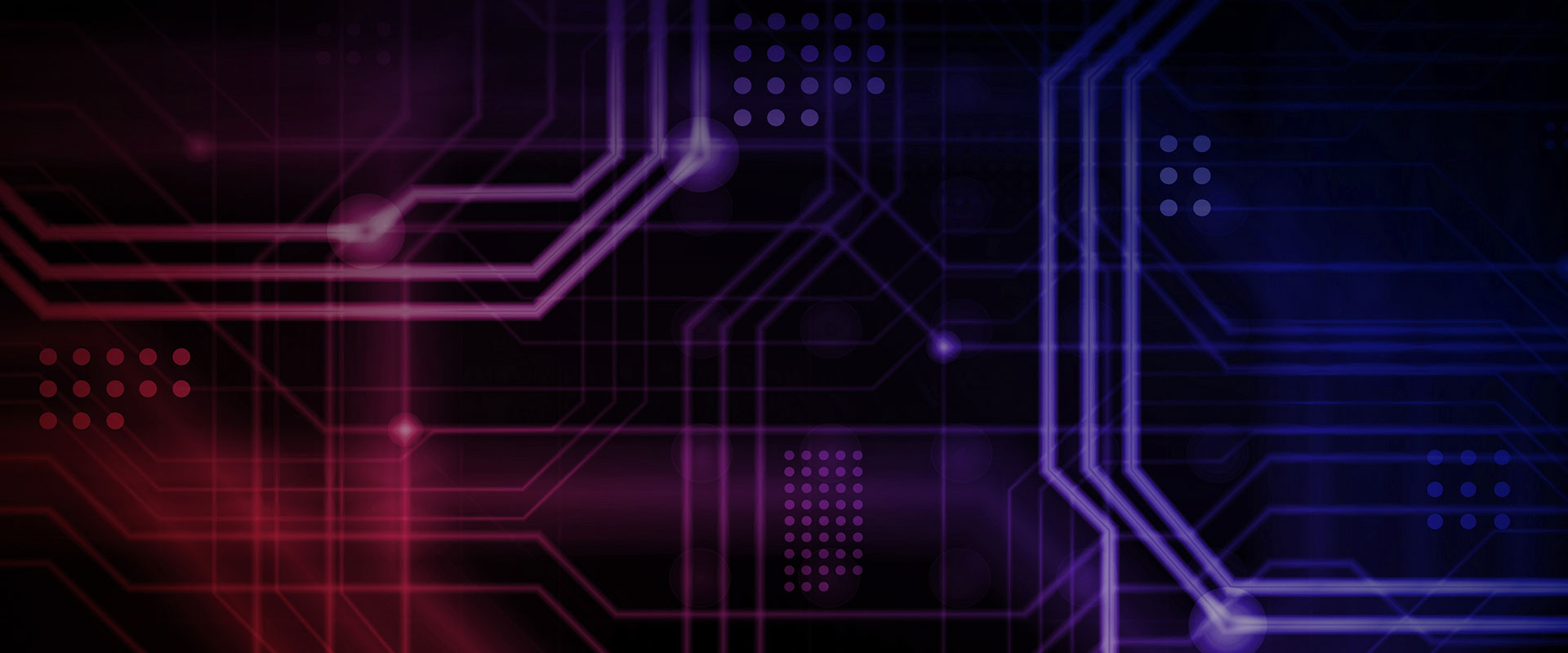Our support experts often hear the question if it’s ok to use RAID controllers with the ZFS-based Open-E JovianDSS data storage appliances. We decided to answer this question in the article to showcase all the pros and cons of different approaches, highlighting the differences between hardware RAID controllers functionality and software RAID (Z-RAID in ZFS) built-in features.
But before we discuss them in detail, we need to clarify the common misunderstanding that says it’s risky to use ZFS with hardware RAID. Using Open-E JovianDSS on top of hardware RAID is perfectly fine and safe, as it’s possible to run ZFS without deploying software RAID features. Most of the functions of Z-RAID, like SMART health monitoring, can be replaced using a hardware RAID controller. ZFS still provides the functionality of a flexible file system and volume manager but with limited access to the data drives. That is why it’s worth considering all the advantages and disadvantages before making a final decision.
Open-E JovianDSS Software Z-RAID Advantages
- Z-RAID gives you flexibility in terms of system configuration without limits of built-in hardware specification.
- ZFS works more efficiently and with better data protection if it has direct access to all storage devices.
- Open-E JovianDSS provides the native ZFS features to prevent silent data corruption.
- ZFS doesn’t trust the disks, so the older your disks are, the less you should rely on them to report errors.
- More flexibility due to hardware agnosticism (no vendor lock-in).
- The software RAID approach supports more types of data drives.
- Open-E JovianDSS has access to direct software RAID diagnostics and can help diagnose the issues at the bottom.
- In case of an HBA failure, you can replace it with any other HBA without losing data.
Open-E JovianDSS Software Z-RAID Disadvantages
First, Open-E JovianDSS gives you great flexibility in terms of system configuration, but you need to learn how to operate the software RAID to utilize all the options fully. Additionally, RAID hardware controllers can have a battery backup, which is not possible using a complete software approach.
Hardware RAID Controller Advantages
- Easy to set up (some controllers have a menu wizard to facilitate building your array).
- Replacing a failed disk is relatively simple (a so-called “blind swap” is possible, i.e., it’s possible to replace a disk without needing to interact with the operating system).
- A hardware RAID card does not use the memory or processor of the connected server. It does not lower the performance of read/write operations.
- RAID hardware controllers can have a battery backup.
- Hardware RAID allows you to save a lot of RAM.
- With more complex RAID configurations, like RAID 10, hardware RAID often provides better performance. ZFS also does not allow to configure of more complex RAIDs.
- Hardware RAID Controller enables more storage capacity for the exact cost in case of a metro cluster.
Hardware RAID Controller Disadvantages
- As Hardware RAID takes over the disk management, to diagnose issues happening below the controller, you are on your own using third-party software that is not part of the JovianDSS system.
- Hardware RAID will limit opportunities for ZFS to perform self-healing on checksum failures.
- Storage is like one or several big disks, so the ZFS cannot monitor the data corruption – losing the data due to the SDC, the provider of ZFS does not take responsibility for it, as the failure was on the hardware RAID card side.
- Requires additional hardware: a RAID controller (extra expenses!).
- When the RAID controller fails, you need to replace it with a similar controller to ensure no disruptions to your work can fail so we have another point of failure.
- Hardware RAID analysis requires a third-party tool.
- In case of hardware RAID controller failure, it is essential to replace it with the same or compatible model. Otherwise, you will lose access to your data!
Additionally, when using a hardware RAID controller, ZFS may not be able to:
- determine the condition of disks,
- determine if the RAID array is degraded or rebuilding,
- detect all data corruption,
- place data optimally across the disks,
- make selective repairs,
- control how repairs are compatible with the ongoing use,
- make repairs that ZFS could usually undertake,
- run a ZFS TRIM feature on SSD drives.
Hardware vs Software RAID: Conclusion
ZFS was created with software RAID in mind, owing to the mindset of its creators, who did not want to rely on any specific hardware solutions to ensure more flexibility to the system.
Although Open-E JovianDSS is ZFS-based, it is a good idea to employ hardware RAID as long as it is correctly configured and offers satisfactory performance and safety.
In other words, it is not an either/or situation but rather a choice of the system administrator, who can customize the storage based on his needs.




